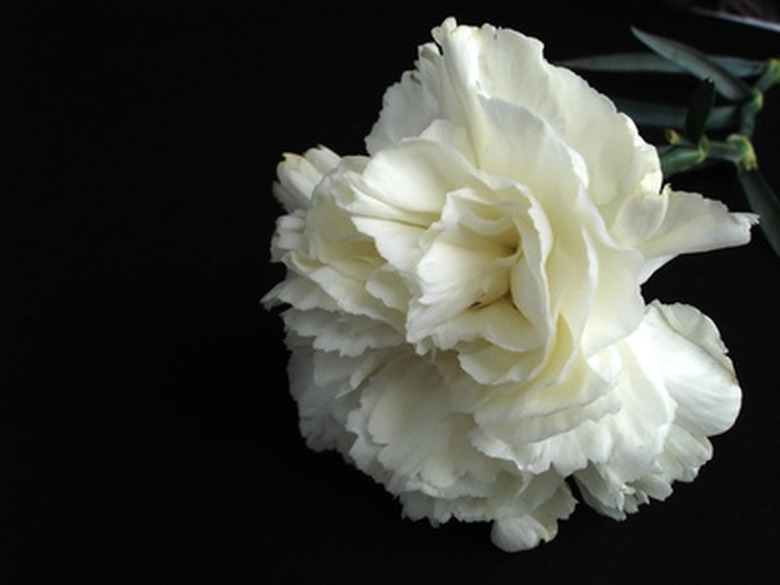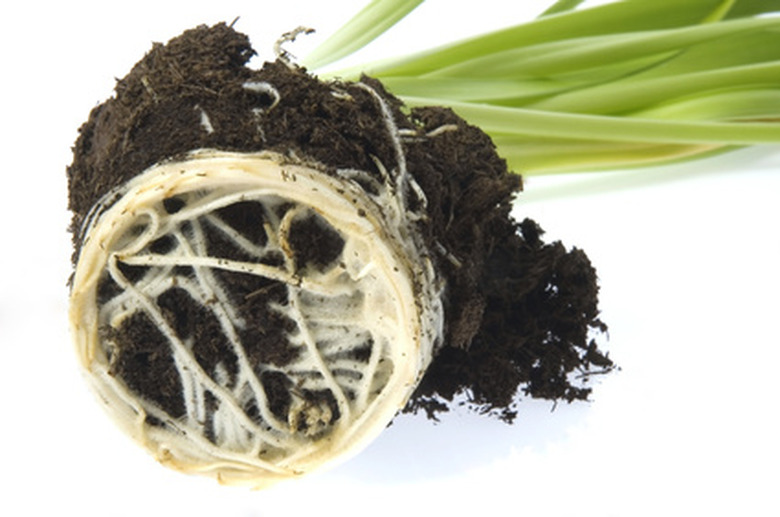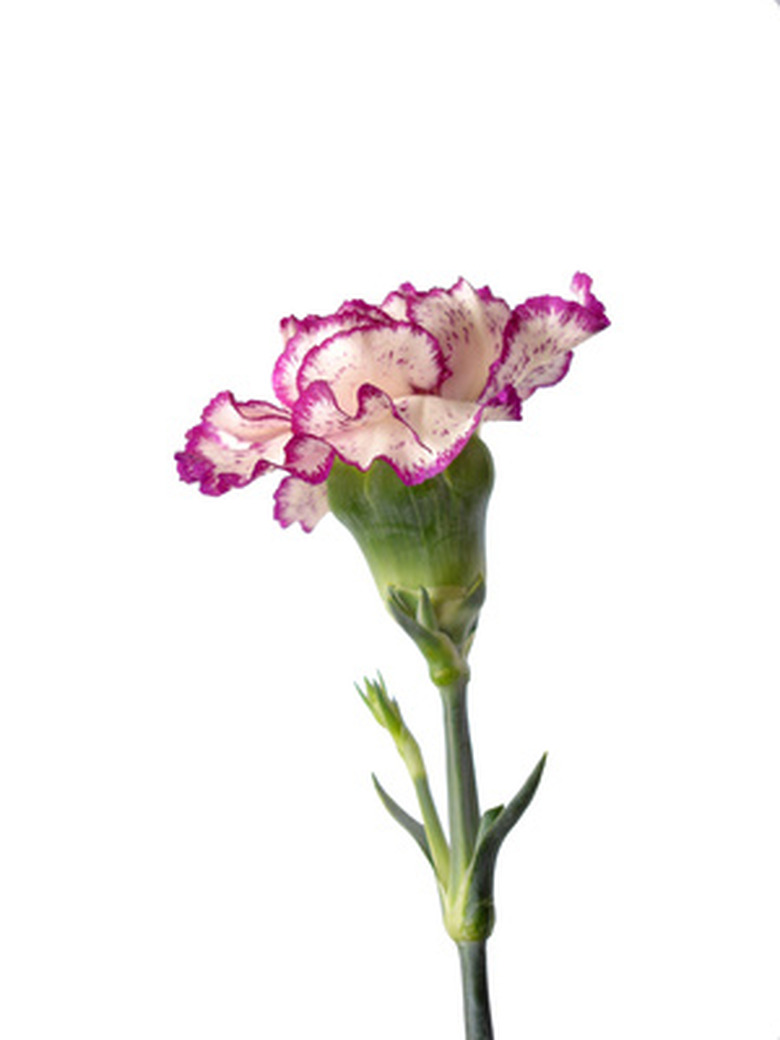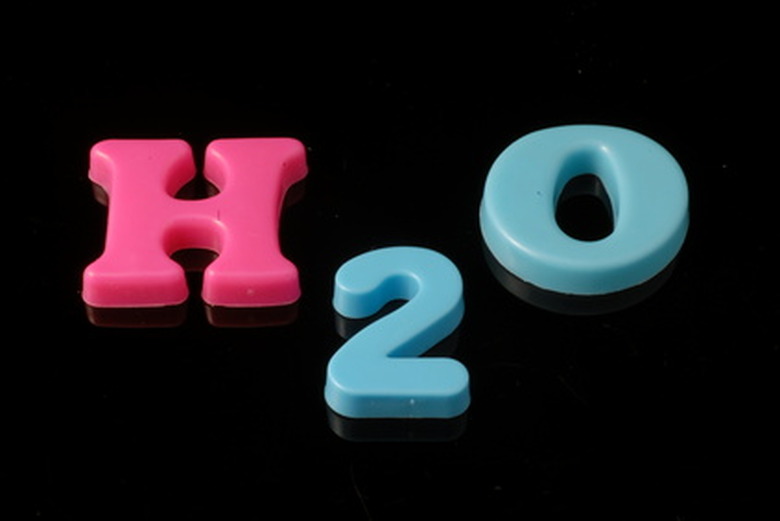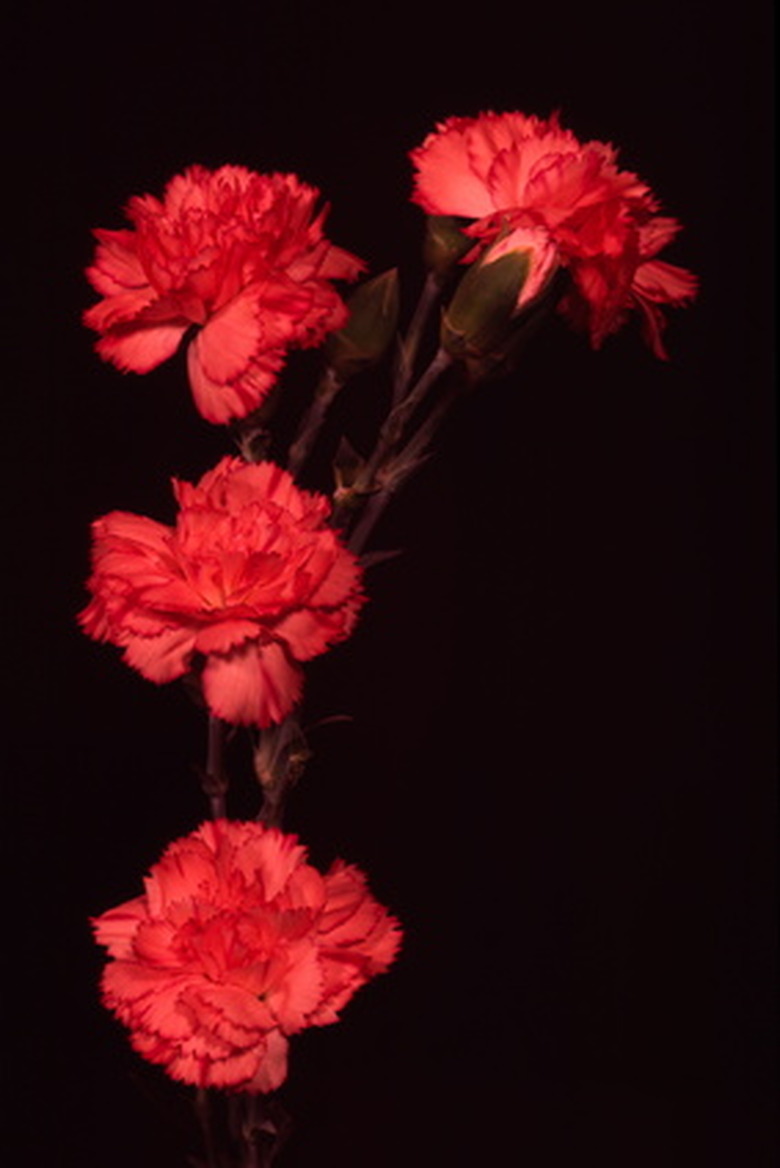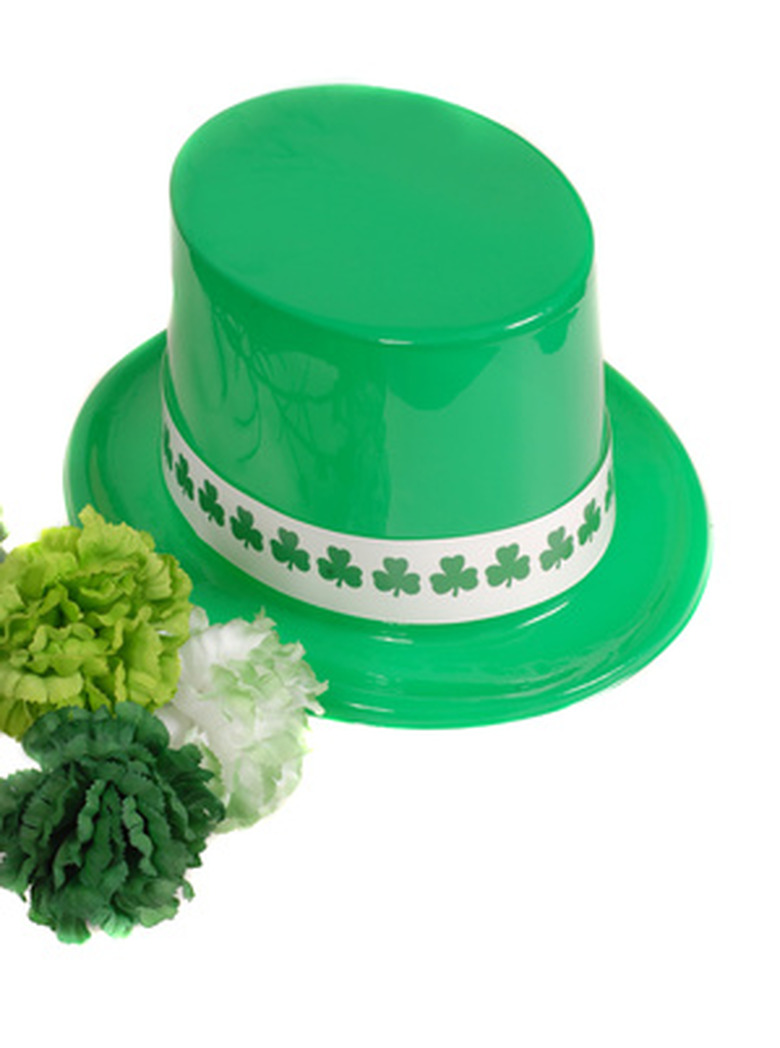How Do Flowers Absorb Colored Water?
Putting food coloring in the water you feed plants is a cool way to see capillary action, or a plant's process of drinking water. This process is necessary for a flower to make food. Try a darker color of food coloring, like blue or red, to maximize the affect of the plant's capillary action.
Roots
White carnations are a good flower on which to perform this experiment, as you can see the color change easily on their light-colored petals. Capillary action first begins in the roots. The roots absorb water and nutrients from soil and support the stems of the plant. Food coloring used in this experiment will not harm the plant, but sometimes a plant's roots can absorb harmful chemicals.
Stems
Usually, the food coloring experiment is done on cut flowers, where the root system is no longer present. Cut flowers can live for a short period of time as the capillaries in their stems perform transpiration, or pulling water up the plant toward the leaves and flowers. If you split open a carnation after you have fed it water dyed with food coloring, you can see the capillaries inside the stem.
Xylem
The xylem refers to the system transport tubes and is responsible for the movement of water and nutrients throughout the plant. When you dye the water that you give a flower, the xylem will begin transpirational pull without the roots present, and slowly, colored water will travel through the plant, eventually reaching the flower.
Flowers
As the plant begins drinking the water, you will begin to see the spread of the food coloring in the flowers in a few hours. As capillary action begins in the roots, or with cut flowers, in the stem, it will wind up in the flower and eventually will evaporate as water vapor. With this experiment, you can try different colored flowers to see if colors will mix, or you can mix food dyes and see what happens in a white bloom.
Results
After your flowers have absorbed color in their petals, take one and split open the stem so you can see the evidence of capillary action throughout the entire plant. This is a great way to learn about transpiration. The plant will use this water with sunlight and nutrients, in the leaves and stem, to make food. This experiment can also be used to dye flowers without harming them.
